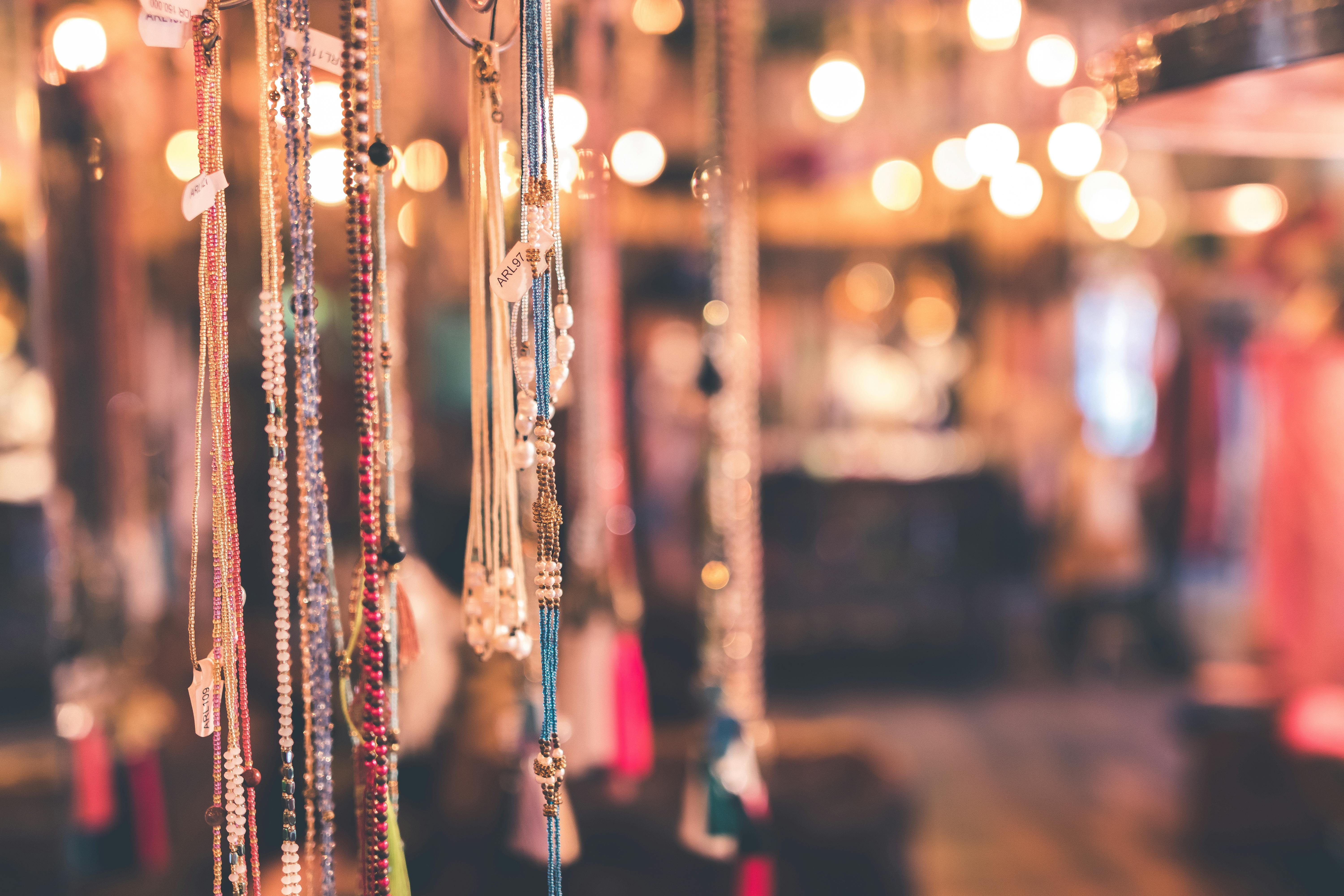
Design and manufacture of paper articles
There are several ways to decorate the paper. Most of the techniques were born from the artist’s experimentation with the colors and other materials found in the environment. This implies that, in addition to the methods that will be detailed, every artist should strive to create new ways of designing paper items.
1. Marbling (controlled and uncontrolled)
2. Comb pattern
3. Resistant wax
4. Scribble
5. Spraying
6. Roller and twine pattern
7. Ink blowing
1. Marbling (controlled and uncontrolled)
Marbling is a method of making decorative patterns on paper by transferring the color of the surface of a liquid to paper. Tools and supplies needed for marbling include paper, brushes, thinner, basin or tundish, various colors of oil paint, cooked starch, empty cans, sticks, and water.
Controlled marbling
Process:
1. Fill a container with cooked starch to a uniform consistency.
2. Sprinkle different colors of oil paint over the starch.
3. Using the stick, stir gently so that the colors blend into the surface of the starch to make the patterns.
4. Place a flat piece of paper on the starch and tap the back to remove any trapped air.
5. Hold one edge of the paper and remove it by dragging it along the edge of the tray to remove the starch.
6. Excess starch is washed off with water and hung to dry.
Uncontrolled marbling
Process:
1. Fill a bucket with water.
2. Sprinkle different colors in the water.
3. Stir in different directions so that the colors come together over the water.
4. Place the paper on the tray and tap the back to remove any trapped air.
5. Hold one edge of the paper and remove it by dragging it along the edge of the tray.
2. Comb pattern
The tools and materials are large brush, paper or comb, cooked starch, water, powdered colors, paper.
Process:
1. Mix the powdered color with cooked starch to a uniform consistency to form a fine paste.
2. The brush is used to paint paste over the entire surface of the paper.
3. The comb is used to make rhythmic patterns on the blade.
4. Hang to dry.
3. Resistant wax
Tools and materials required for this paper pattern making technique include brush, crayon or candle, powder color, paper.
Process:
1. A sheet of paper is folded and wrinkled to create parallel lines.
2. The wax is used to draw lines within the folded lines.
3. Go over the lines for a second run.
4. The colors are mixed and painted on the waxed paper.
Another technique is to sprinkle melted wax on paper. It is painted in any high key color. The wax is sprinkled again and painted in a discreet color. After drying, place the paper between two sheets of newspaper and iron to remove the wax, leaving the design stamped.
4. Scribble
The tools and materials used include pencil, colors, paper, and brushes.
Process:
1. Create squiggles to cover the entire sheet. Scribbles are scribbles that are made on paper without any premeditated plan.
2. Different colors are mixed to paint familiar shapes created by the squiggles.
3. Erase the extensions created by the pen.
5. Spraying
Tools and materials used include spray diffuser or shoe brush, paper, color, cut out shapes, natural objects.
Process:
1. Arrange natural objects or stamped templates and hold their positions with thumbtacks on the sheet of paper.
2. Spray colors on the patterns using the spray diffuser or an empty ball pen cylinder with a mesh attached at one end.
3. Carefully remove the thumbtacks and cutout patterns.
4. Let the sprayed patterns dry on the paper.
6. Roller and twine pattern
Tools and materials used include paper, printing ink, two hand rollers, rags, twine, thinner, glass slab.
Process:
1. The thread is wound around a hand roller.
2. The printing ink is placed on a glass plate and passed with the second roller.
3. The printing ink is transferred to the braided roller by rolling it on the glass plate.
4. The inked braided roller is rolled over the paper from edge to edge and completely covered.
5. The rollers are cleaned with thinner and a different color is used to go over the pattern already created to give a two-color effect.
7. Ink blowing
The tools and materials used include ink, paper, and an empty pen.
Process:
1. Sprinkle the paint on different sections of the paper.
2. Blow the paint to sprinkle it in a streamlined way with the empty pen body.
3. Let the paper dry.
Decorative papers are used to make book covers, borders, wrappers, wallpaper, calligraphy backgrounds, etc.